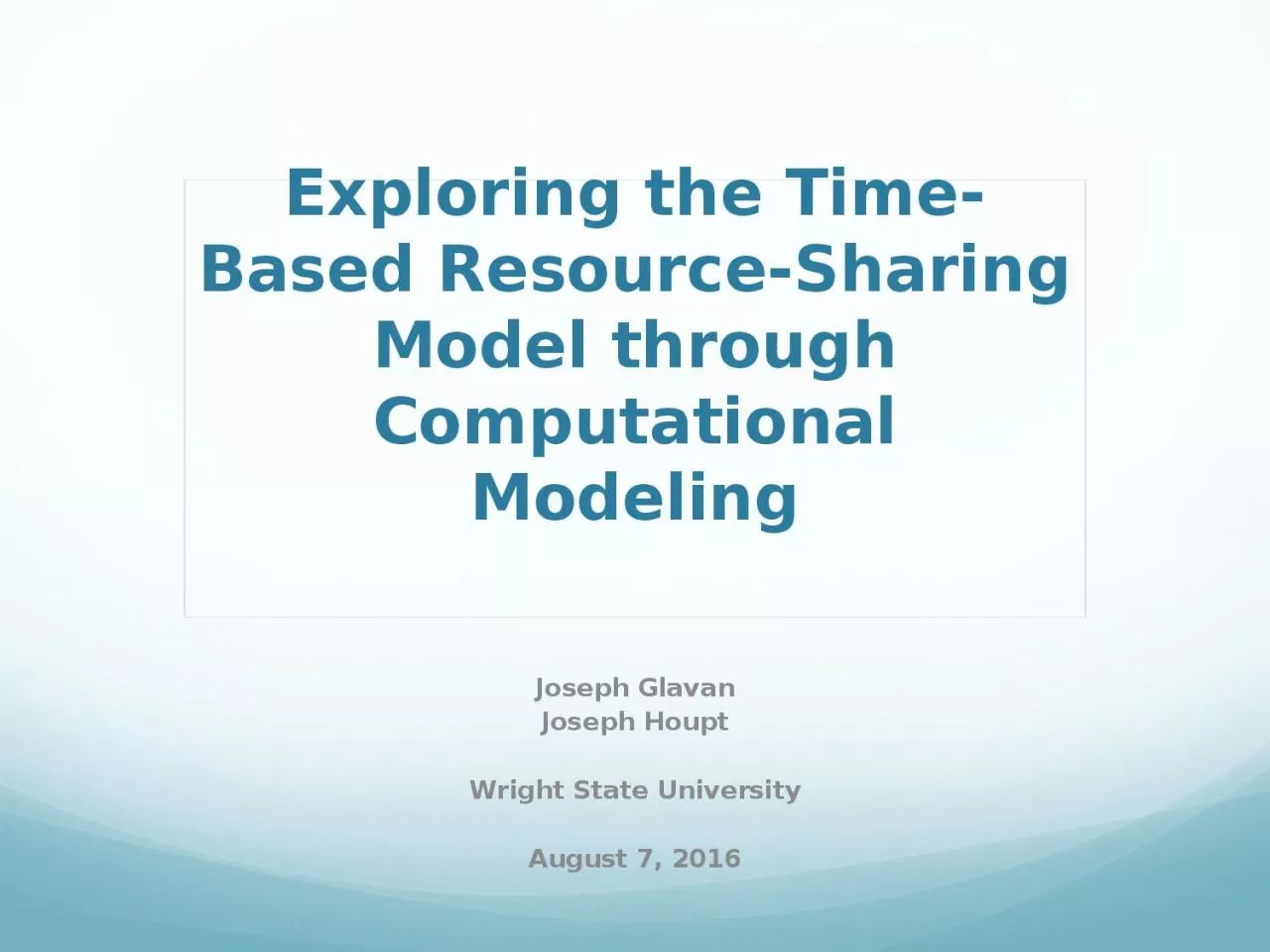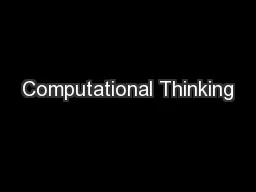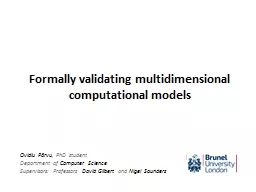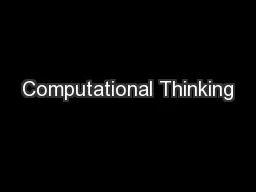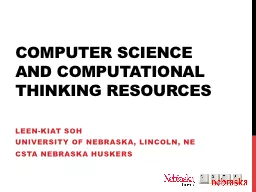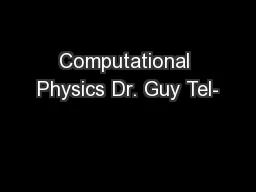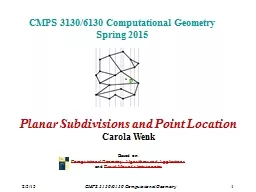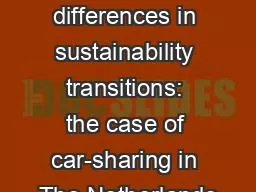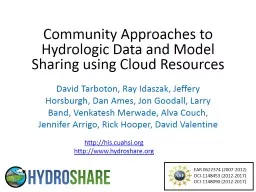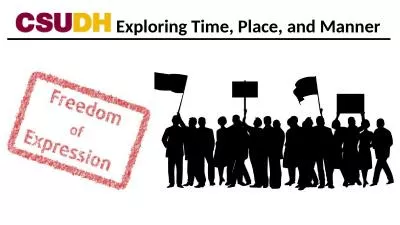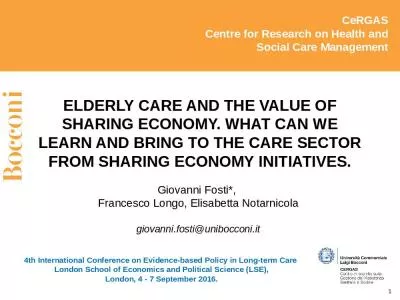PPT-Exploring the Time-Based Resource-Sharing Model through Computational
Author : smith | Published Date : 2024-01-03
Modeling Joseph Glavan Joseph Houpt Wright State University August 7 2016 Purpose The TimeBased ResourceSharing TBRS model is a mostly verbal model of working
Presentation Embed Code
Download Presentation
Download Presentation The PPT/PDF document "Exploring the Time-Based Resource-Sharin..." is the property of its rightful owner. Permission is granted to download and print the materials on this website for personal, non-commercial use only, and to display it on your personal computer provided you do not modify the materials and that you retain all copyright notices contained in the materials. By downloading content from our website, you accept the terms of this agreement.
Exploring the Time-Based Resource-Sharing Model through Computational: Transcript
Download Rules Of Document
"Exploring the Time-Based Resource-Sharing Model through Computational"The content belongs to its owner. You may download and print it for personal use, without modification, and keep all copyright notices. By downloading, you agree to these terms.
Related Documents

